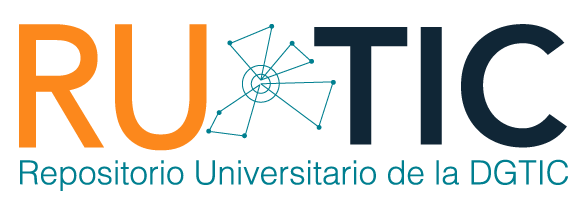| dc.contributor.editor | ERNESTO PRIANI SAISO | |
| dc.coverage.spatial | MX | |
| dc.date.accessioned | 2018-06-28T04:55:48Z | |
| dc.date.available | 2018-06-28T04:55:48Z | |
| dc.date.issued | 2006-10-10 | |
| dc.identifier.uri | https://ru.tic.unam.mx/handle/123456789/1197 | |
| dc.description | Tema del mes | |
| dc.description.abstract | Durante mucho tiempo, matemáticos disfrutaban con figuras y formas anómalas, de las cuales no había una explicación o caracterización posible. Desde la segunda mitad del siglo XX con la llegada de los computadores ha sido posible mejorar las capacidades de cálculo y así caracterizar mejor las otrora figuras anómalas. Es más, posteriormente se ha visto que estas formas son más frecuentes de lo que en un comienzo se había sospechado, siendo más bien algo que con normalidad se encuentra en la naturaleza. En psicología, incipientemente, se está pudiendo constatar la utilidad teórica y metodológica de estas formas para la descripción del comportamiento y los procesos mentales. Se ha podido ver que la incorporación de estas figuras a la literatura psicológica ha permitido mostrar regularidades que anteriormente no se había podido dar cuenta. El propósito de este artículo es mostrar la utilidad que los fractales están teniendo de manera progresiva en la ciencia psicológica y cuáles podrían ser las aplicaciones que a futuro se les de para el desarrollo del estudio del comportamiento humano | es_MX |
| dc.description.abstract | During a long time, mathematicians enjoyed figures and anomalous forms, of which there was not an explanation or characterization. From second half of century XX with the arrival of the computers it has been possible to improve the calculation capacities and thus to characterize better once the anomalous figures. It is more, later has been seen that these forms are more frequent which in a beginning had been suspected, being rather something that with normality is in the nature. In psychology, progressively, it is being possible to state the theoretical and methodological utility of these forms for the mental description of the behaviour and processes. It has been possible to see that the incorporation of these figures to psychological Literature has allowed showing regularities that had previously not been able to give account. The intention of this article is to show the utility that the fractals are having of progressive way in psychological science and which could be the applications that to future them of for the development of the study of the human behaviour | en |
| dc.format | html | |
| dc.format | application/pdf | |
| dc.format.extent | 4.75 KB | |
| dc.format.extent | 1,222.15 KB | |
| dc.language | spa | |
| dc.publisher | Universidad Nacional Autónoma de México. Dirección General de Cómputo y de Tecnologías de Información y Comunicación. Revista Digital Universitaria | |
| dc.relation.isformatof | http://www.revista.unam.mx/vol.7/num10/art85/oct_art85.pdf | |
| dc.relation.ispartof | http://www.revista.unam.mx/index_oct06.htm | |
| dc.rights | openAccess | |
| dc.source | Revista Digital Universitaria (1607 - 6079). Vol.7, No.10 (2006) | |
| dc.subject | Fractales | |
| dc.subject | Psicología | |
| dc.title | Fractales en el estudio de la Psicología | es_MX |
| dc.title.alternative | Fractals in Psychology research | en |
| dc.type | article | en |
| dc.contributor.director | Alejandro Pisanty | |
| dc.subject.keywords | Análisis fractal en psicología, Fractals Psychology, Fractal analysis in psychology | |
| dc.identifier.url | http://www.revista.unam.mx/vol.7/num10/art85/int85.htm | |
| dc.creator | Ariel Osvaldo Quezada Len | |
| dc.rights.url | http://creativecommons.org/licenses/by-nc-sa/4.0 |
Files in this item
This item appears in the following Collection(s)
COMPARTE
BÚSQUEDA
Escriba el texto a buscar en DSpace
CONTACTO
El Repositorio Universitario de la DGTIC se edita en la Dirección General de Cómputo y
de Tecnologías de Información y Comunicación (DGTIC), de la Universidad Nacional Autónoma de México (UNAM)
Circuito Exterior s/n, Ciudad Universitaria, Coyoacán, C.P. 04510, México, D.F
Tel: +(52) (55) 56228166 Email: rutic@unam.mx









 ¿Qué es un repositorio...?
¿Qué es un repositorio...? ¿Qué beneficios obtengo...?
¿Qué beneficios obtengo...? ¿Qué tipo de recursos...?
¿Qué tipo de recursos...? Preguntas frecuentes
Preguntas frecuentes